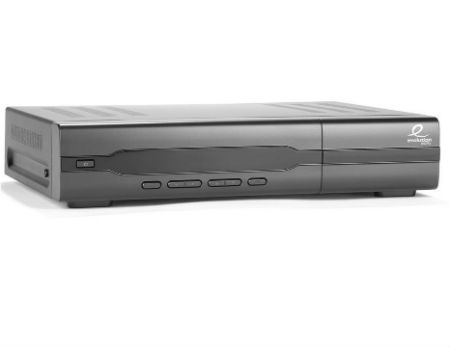Evolution to FCC: Exempt Small Ops From Security Rules

The FCC has yet to decide if it will pursue new separable video security rules that would succeed the CableCARD and apply to all MVPDs, but a vendor that works with many tier 2/3 MSOs has urged the Commission to give special consideration to smaller operators if it ultimately decides to pull the trigger on such an initiative.
Evolution Digital, a maker of set-tops and video software aimed at helping cable operators transition to IP-based platforms, argued that smaller operators would have difficulty carrying the financial burden required to implement IP-based solutions prematurely, and that if the FCC does go for a rulemaking, it should be applied to larger MVPDs that have access to more financial and engineering resources.
Evolution Digital presented its argument in a letter to the FCC dated August 21 that was co-authored by Brent Smith, CTO of Evolution Digital, and Eric Hybertson, Evolution’s senior director of product engineering. Smith is a member of the Downloadable Security Technology Advisory Committee (DSTAC), the FCC-appointed group that will present its recommendations to the Commission tomorrow (August 28). Hybertson is Smith’s designated alternate to the DSTAC.
While Evolution is helping small- and mid-sized operators transition their networks and CPE devices to IP, “the economics of rural cable require them to take a more cautious and financially conservative approach," Smith and Hybertson wrote.
They recommended that the FCC exclude them from any rulemaking that would “unduly burden them to implement IP-based video solutions before they are capable of doing so.”
As a precedent in this area, they cited the FCC 12-126 rulemaking that exempted smaller operators from having to support IP-enabled devices to ensure compatibility between cable service and CE equipment, but did require commitments from the six largest incumbent cable operators.
Evolution suggested, in light of recent MVPD consolidation (i.e. Charter’s proposed acquisitions of Time Warner Cable and Bright House Networks), that the FCC limit any future rulemaking to the top four incumbent U.S. MVPDs (post-deal, that would be: Comcast, Charter, Cox Communications and Cablevision). Post-deal, those MSOs would represent 86% of all U.S. cable subs.
Multichannel Newsletter
The smarter way to stay on top of the multichannel video marketplace. Sign up below.
The DSTAC, formed in January after the passing of the STELAR Act, legislation that will sunset the current set-top security integration ban in December 2015, has been chewing on potential downloadable video security approaches that could succeed the CableCARD and apply to not just cable operators, but also to telcos and satellite TV providers.
The DSTAC is tasked to file its recommendations to the FCC by Sept. 4; it will present them tomorrow.
Heading into that meeting, the group has been challenged to come together on a unified proposal (subscription required) as two different angles have surfaced.
The first proposal, “WG3 HTML5 Security APIs,” abstracts security for applications to run on consumer devices, which Evolution argues, “is not viable for any MVPD, regardless of size” and that it would force small cable operators to implement a second scenario – IP simulcast.
IP simulcast, Evolution said, is unduly burdensome to smaller operators because it would require additional spectrum and that it would require them to support a format (and additional equipment and processes) that is in addition to the original three formats – analog NTSC transport, digital QAM transport protected by legacy security, and TV Everywhere apps that rely on security that is proprietary to each app.
Adding spectrum to accommodate another format (IP simulcast) is cost prohibitive for small operators, Evolution said, noting that the costs could run into the tens or hundreds of millions of dollars and “put many of the smaller operators out of business.”
If the FCC ends up going with rules that apply the WG3 HTML5 Security APIs Proposal, Evolution said, smaller operators should be given a waiver.
The other DSTAC proposal – the “Virtual Headend System” – requires services to be streamed in IP – either via the operator’s access network (the cloud) or a “local cloud” that makes that conversion using an in-home device.
The cloud delivery option, Evolution said, requires IP simulcast, which, as it already argued, is a non-starter for smaller ops. As for the local cloud option, that’s similar to an AllVid proposal that the cable industry has rejected. But if the FCC ultimately goes with a rulemaking centered on the Virtual Headend System, Evolution said, the Commission should also provide small ops with a “complete waiver.”
The fireworks start tomorrow at 10 a.m. ET.
